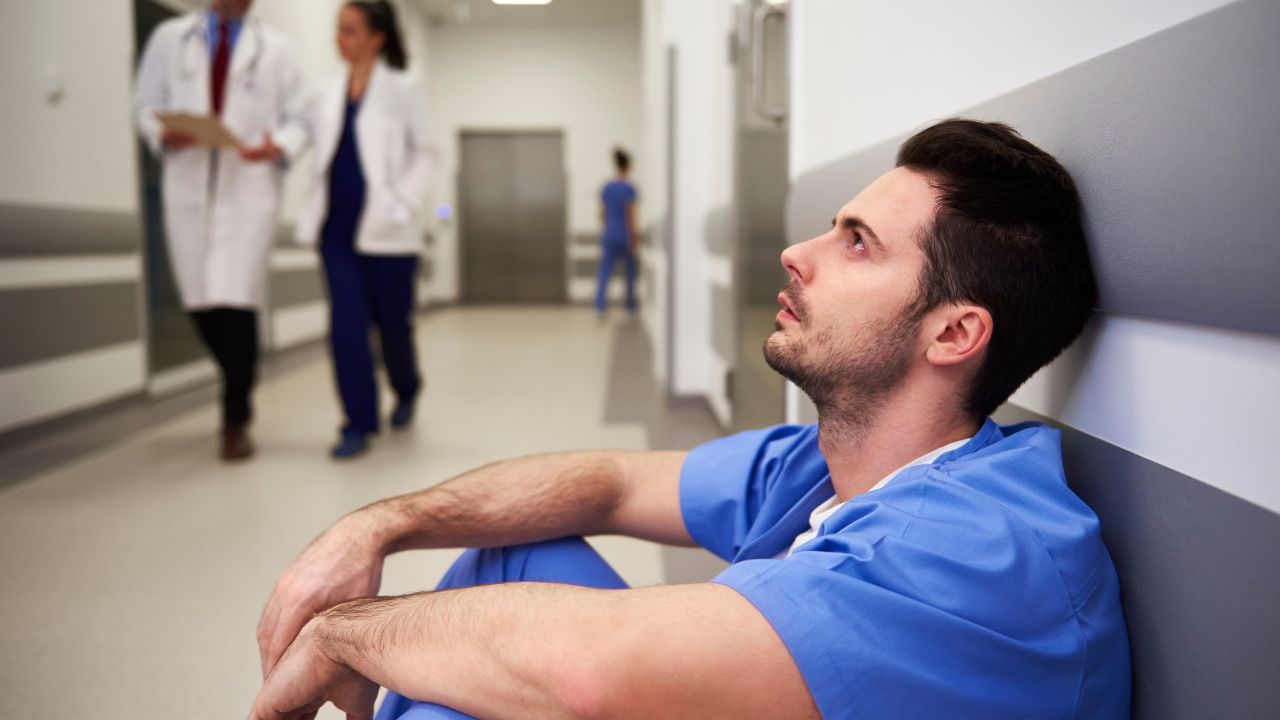There is no doubt that the COVID pandemic has wrought great trials and tragedies to people around the world, it also forced our society to look for alternative ways of doing things. Despite the fact that states are reopening to jump-start economies and bring people out of unemployment, the novel coronavirus is not going anywhere. Social distancing has become a part of life and is likely to continue for some time.
The pandemic has had a profound effect on the healthcare industry, more than you may consider at first. Everyone has read the articles and heard the concerns about hospitals and medical facilities being overwhelmed. But the effects and changes go deeper.
Telehealth and Telemedicine
While states were in various modes of quarantine and lockdown mode, medical health providers for both mental and physical health became a more widely used method of contact, diagnosis, and collaboration between both patients and clinicians. Telehealth has been a valuable resource especially for clinicians working in rural areas and we are now seeing it as a hot topic for our lawmakers. With social distancing still strongly recommended even as people get back to work, use of telehealth and telemedicine are likely to continue and even increase so long as federal and state restrictions allow.
Legislation to allow telehealth providers the permission to provide telehealth services across state lines as needed for six months after the end of our national emergency has been introduced. It's being called the Equal Access to Care Act.
Wearables: Get Physical Health Data About Your Patients
How many people do you know that have a Fitbit? A huge percentage of the U.S. population is wearing them. According to Business Insider, "more than 80% of consumers are willing to wear fitness technology" and so why not have health trackers that nurses and doctors can use to monitor our patients when we aren't there? Wearables can and will help as we increase use of telehealth services.
Aside from Fitbits or other fitness trackers, this growing industry includes smart watches that can monitor heart rhythms, and a movement disorder tracker for Parkinson's Disease. Wearable ECG monitors measure electrocardiograms and can detect atrial fibrillation. Blood pressure monitors, biosensors and more for sure to come.
So Many Smartphone Apps
With so much energy and effort being put into virus tracing, Apple and Google actually teamed up to create a software that state public health agencies could use to build a virus tracing app. While most states have been hesitant or outright declined use of the software, Alabama, North Dakota, and South Carolina are the three states that have so far committed.
Despite people's readiness to wear health and fitness trackers (see wearables mentioned above) concerns about privacy seem to be a main concern preventing governments from using smartphones to track the virus. That does not mean that smartphone apps aren't making waves in the healthcare industry in other ways however. Here's just a few that are popular.
- Drugs.com - This app is a reference index for the identification of medications, both brand name and the generic.
- Glucose Buddy - This application is a hot number for help in diabetes management and allows users to store glucose numbers, and insulin dosages.
- uChek - This app is used for urine sample analysis
- Clinical Trial Seek - This one is a recruiter to find participants for clinical trials.
- Nursa™- Our application is a platform that allows clinicians to create a secure digital portfolio and then find PRN shifts, part time jobs, and full time employment all within the app.
Healthcare Centers and Medical Facilities Turn to PRN Staffing
As healthcare employers face workers being unavailable for work due to quarantine, or high nurse to patient ratios due to an influx of patients that require treatment, more and more they are searching out RNs, LPNs, and CNAs who are willing to work PRN shifts.
It's often more practical financially for the agencies who may not need extra staff permanently, but only for a short period of time, because maintaining permanent staff is costlier for them. PRN staffing has also been a big help to facilities who have healthcare workers who have had to be absent from work due to being quarantined.
PRN staff have long been a staffing solution in the industry, but with so much media attention on the topic of staffing shortages under the weight of COVID, PRN clinicians are being held to a higher esteem because the nation has seen how PRN staff and travel nurses rushed to hotspots in states nationwide to help out.
As healthcare systems and facilities struggle to recover financially, PRN staffing will continue to be used to cover high volume periods. Additionally, as more clinicians work PRN shifts; more and of them can be expected to discover a preference for it.
Our culture is seeing an increase in the gig economy because it has a few very clear appealing characteristics. Freedom to choose when to work, and freedom to choose where you work. These freedoms that come with working "gigs" can be analyzed on a weekly (or even daily) basis and are especially attractive to young professionals.
If you're interested in using your medical credentials on a PRN basis, read our article "What Are the Benefits of Working as a Per Diem Nurse?" for more information.
More Member States for the eNLC?
When COVID hit US shores, New York City became an epic hotspot, and nurses from across the United States went to help, but with that wave of travel nurses, the restrictions of the varied nursing licensing requirements state by state came into the spotlight. The Enhanced Nursing Licensure Compact (eNLC) currently has 34 member states, but we definitely hope to see more in the coming months as state governments have time to reflect on changes that could be made to make things swifter for crisis response.









.jpg)

.jpg)


